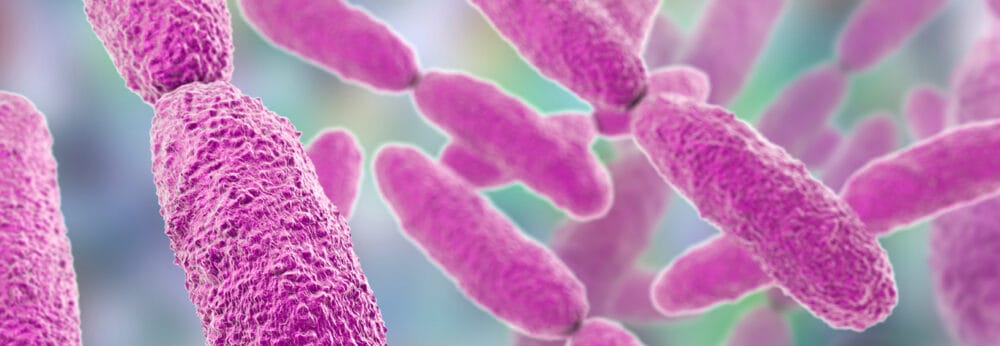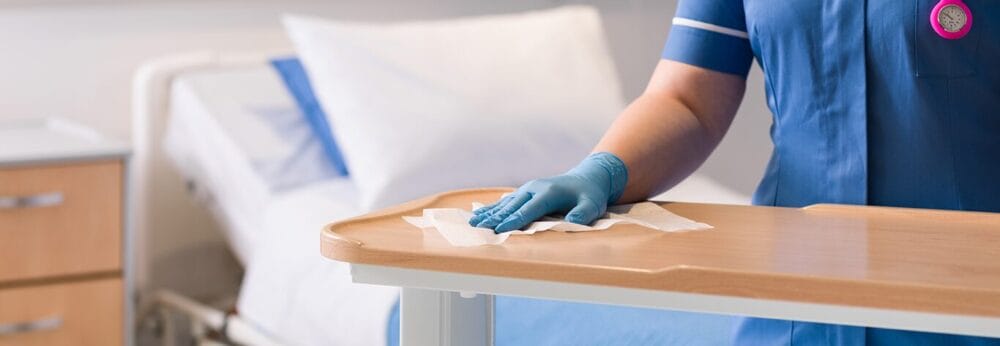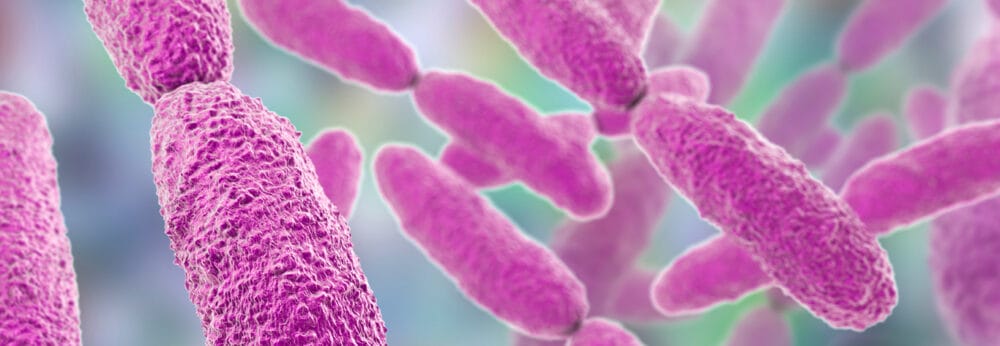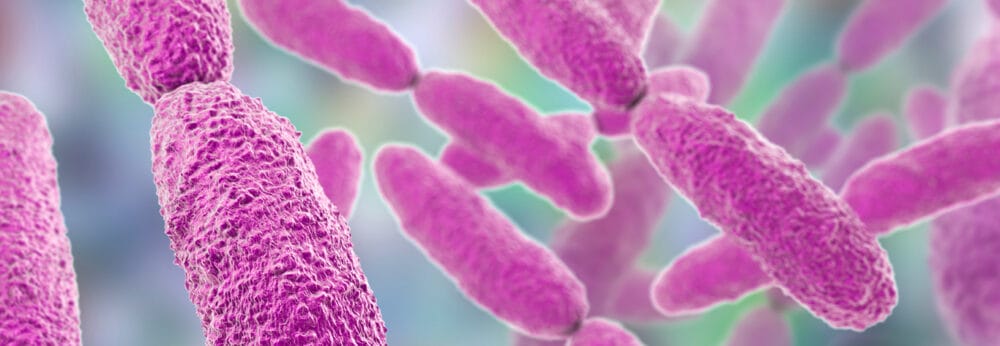Posts Tagged ‘MRSA’
UV-C room disinfection reduces viral infection
There is now strong evidence that UV-C room disinfection reduces the transmission of key bacterial pathogens in hospitals, including MRSA, VRE, and perhaps to a lesser degree, C. difficile infection. A new study demonstrates that UV-C room disinfection using GAMA’s Violet UV-C room sanitiser also reduced viral infection. The study was performed is a fairly small 100 bed paediatric…
Read MoreUV light vs. Candida auris
A US study has found that Candida auris exhibited a similar level of susceptibility to UV light as Clostridium difficile spores, and was considerably less susceptible than MRSA. These findings suggest that either extended exposure UV cycles or hydrogen peroxide based room disinfection are required to address environmental contamination with Candida auris. We have posted before on the efficacy of various disinfectants against Candida auris, supporting…
Read MoreWhat healthcare workers should know about environmental contamination
A useful summary of current evidence highlights what healthcare workers should know about environmental contamination in hospitals. Whilst the focus of the article in the ICU, the principles are the same for healthcare workers in other settings too. Bacteria contaminate the inanimate environment; this contributes to patient acquisition of pathogens; biofilms play an important but uncertain role;…
Read MoreMore evidence that chlorhexidine reduces MDRO colonisation in the ICU
A US before-after study evaluated the impact of introducing chlorhexidine daily bathing in an ICU setting. In line with other studies, the rate of acquisition of key hospital pathogens, including VRE, MRSA, and antibiotic-resistant Gram-negative bacteria reduced in response to the introduction of chlorhexidine, and remained lower over time. The 8 month before-after study was performed in…
Read MoreLook out: antiseptic resistance genes about!
A Turkish study has found a surprisingly high rate of antiseptic resistance gene carriage in clinical isolates of staphylococci (71% of 69 isolates carried either qacA/B or smr, which have been associated with reduced susceptibility to chlorhexidine). This study highlights the potential for bacteria to eventually develop reduced susceptibility or resistance to whatever is thrown their way! The study team…
Read MoreUpdates on chlorhexidine from ECCMID 2017
A number of key studies were published at ECCMID 2017, providing further evidence of the utility of chlorhexidine for reducing the risk of HCAI. A study from South Korea evaluated the impact of universal skin antisepsis using 2% chlorhexidine gluconate (CHG) washcloths in reducing MRSA acquisitions and bloodstream infections. Following a 12 month baseline period, a two-year…
Read MoreDismiss hospital floors as a potential source of HCAI pathogens at your peril!
A multicentre US study has shown that hospital floors can be a source of pathogens that can cause HCAI. Floors were heavily contaminated, high-touch items were in frequent contact with floors, and hands became contaminated with hospital pathogens as a result of contact with these items. Anybody who dismissed hospital floors as a potential transmission risk are…
Read MoreWiping little and often to keep MRSA at bay
A new study in BMC Infectious Diseases models the impact of various cleaning strategies on the transmission of MRSA. Regular wiping of high touch surfaces was more effective than daily cleaning of the whole room in preventing the transmission of MRSA. The study team created a simple mathematical model to explore the transmission of MRSA. And herein lies the…
Read MoreDaily chlorhexidine bathing works in a high prevalence MRSA ICU setting
A recent Korean study underlines the value of daily chlorhexidine bathing, demonstrating a reduction in the trend of MRSA incidence in a high-prevalence ICU setting. The study also underlines the threat of reduced susceptibility to chlorhexidine emerging, which may begin to erode gains that have been made through the introduction of chlorhexidine. The study was performed…
Read MoreAre UV and Hydrogen Peroxide automated room decon devices clinically effective?
A useful review by Weber et al. explores data from studies with a clinical outcome evaluating UV and hydrogen peroxide automated room (ARD) decon devices. There are now quite a few studies showing that admission to a room previously occupied by a patient with a pathogen associated with HCAI (including C. difficile, MRSA, VRE and others) increases the chances of…
Read More



